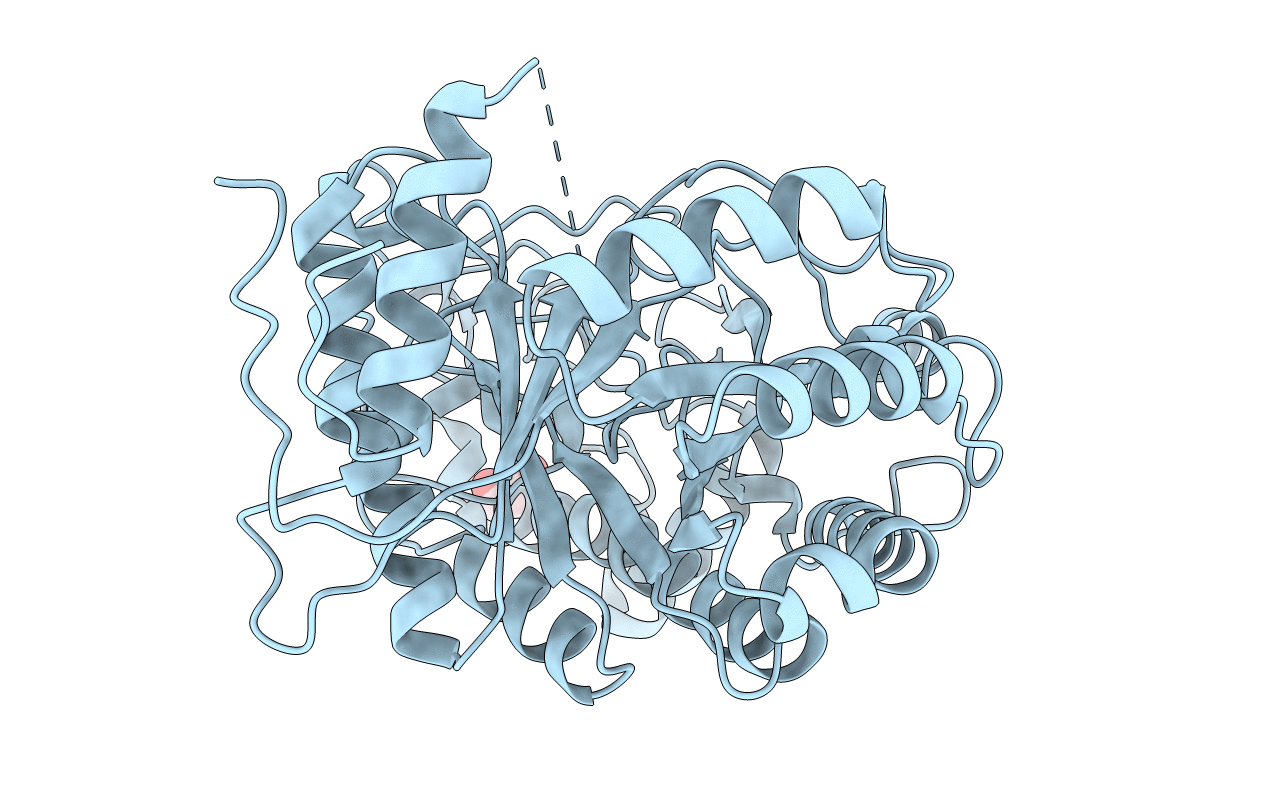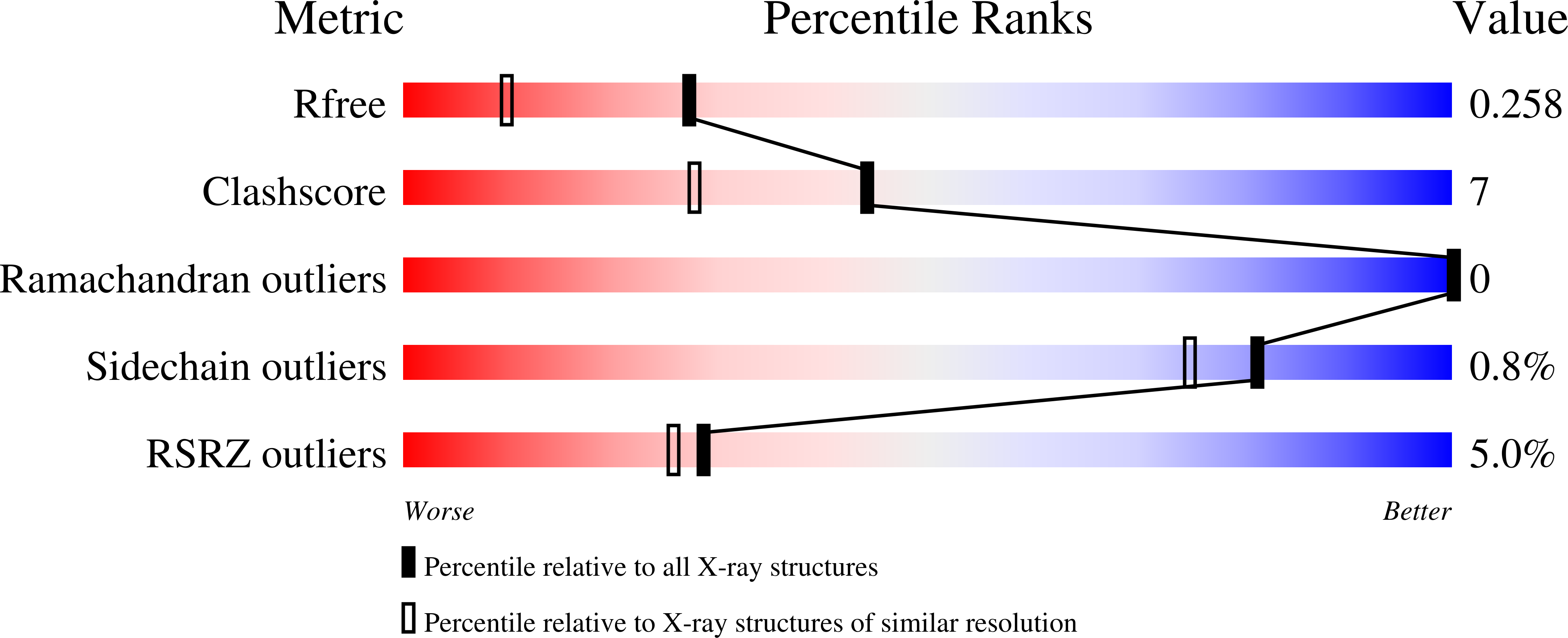
Deposition Date
2022-04-18
Release Date
2022-08-17
Last Version Date
2024-11-06
Entry Detail
PDB ID:
7UPV
Keywords:
Title:
Structure of maize BZR1-type beta-amylase provides new insights into its noncatalytic adaptation
Biological Source:
Host Organism:
Method Details:
Experimental Method:
Resolution:
1.84 Å
R-Value Free:
0.25
R-Value Work:
0.20
R-Value Observed:
0.21
Space Group:
P 1 21 1


